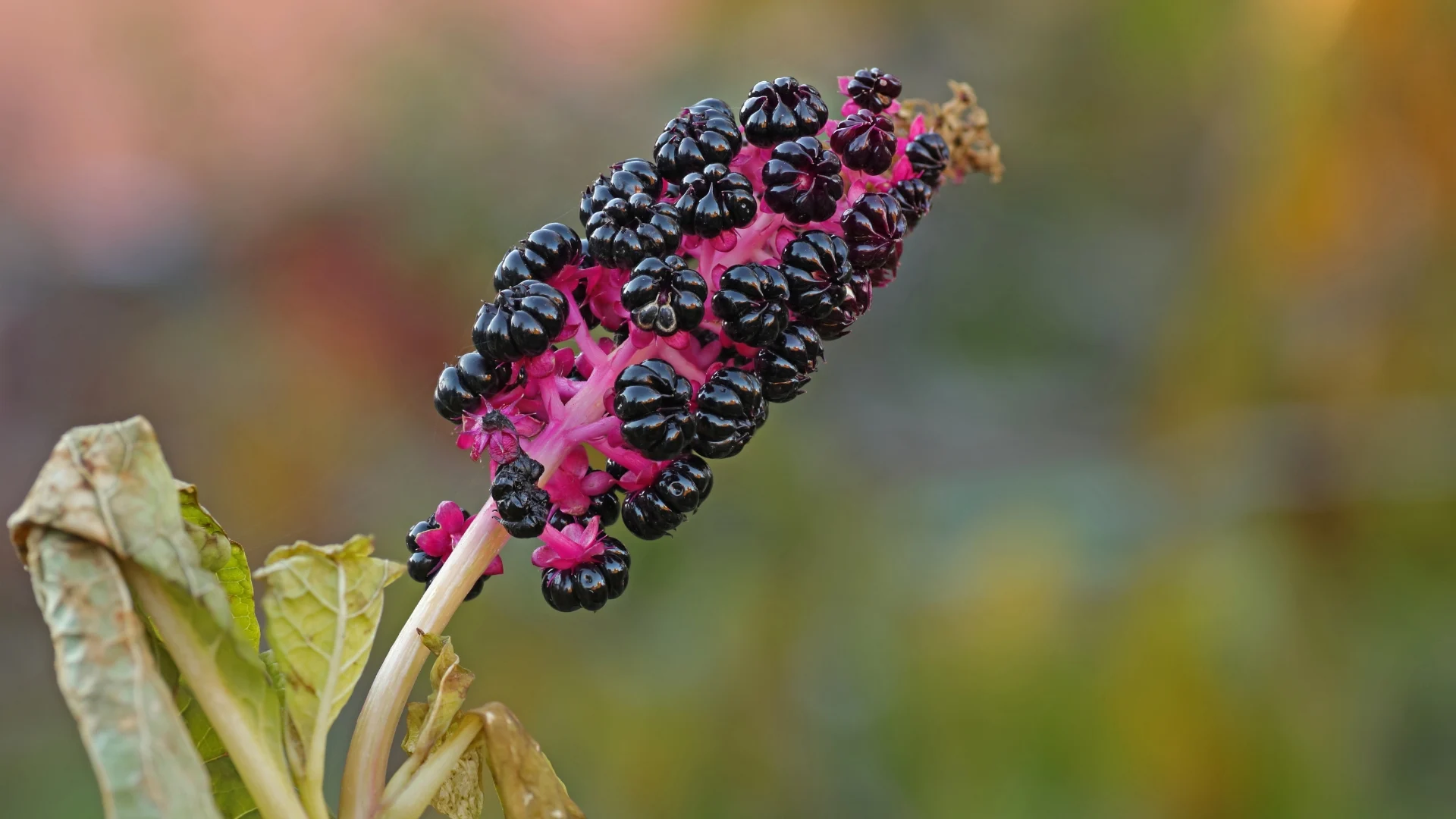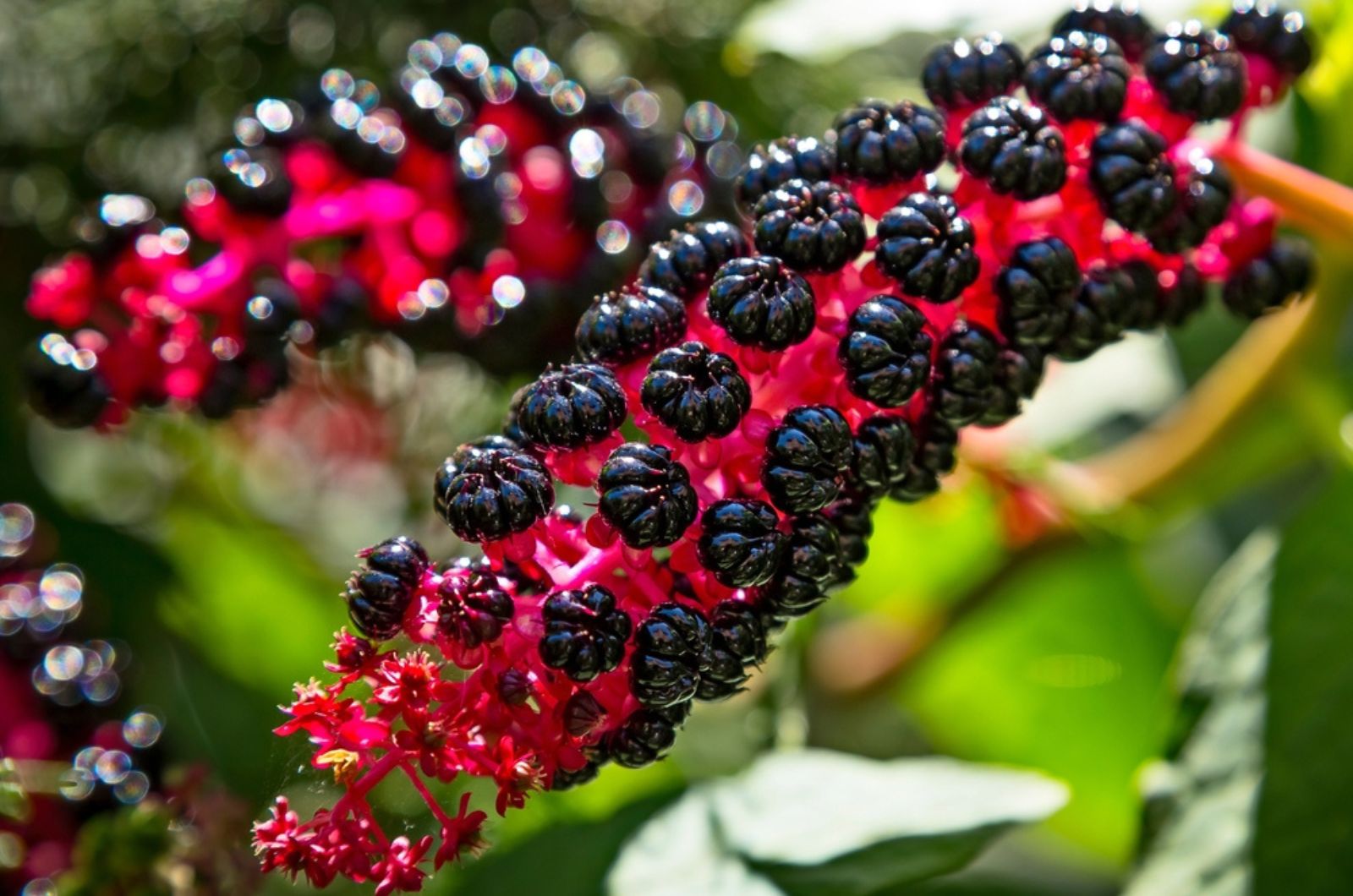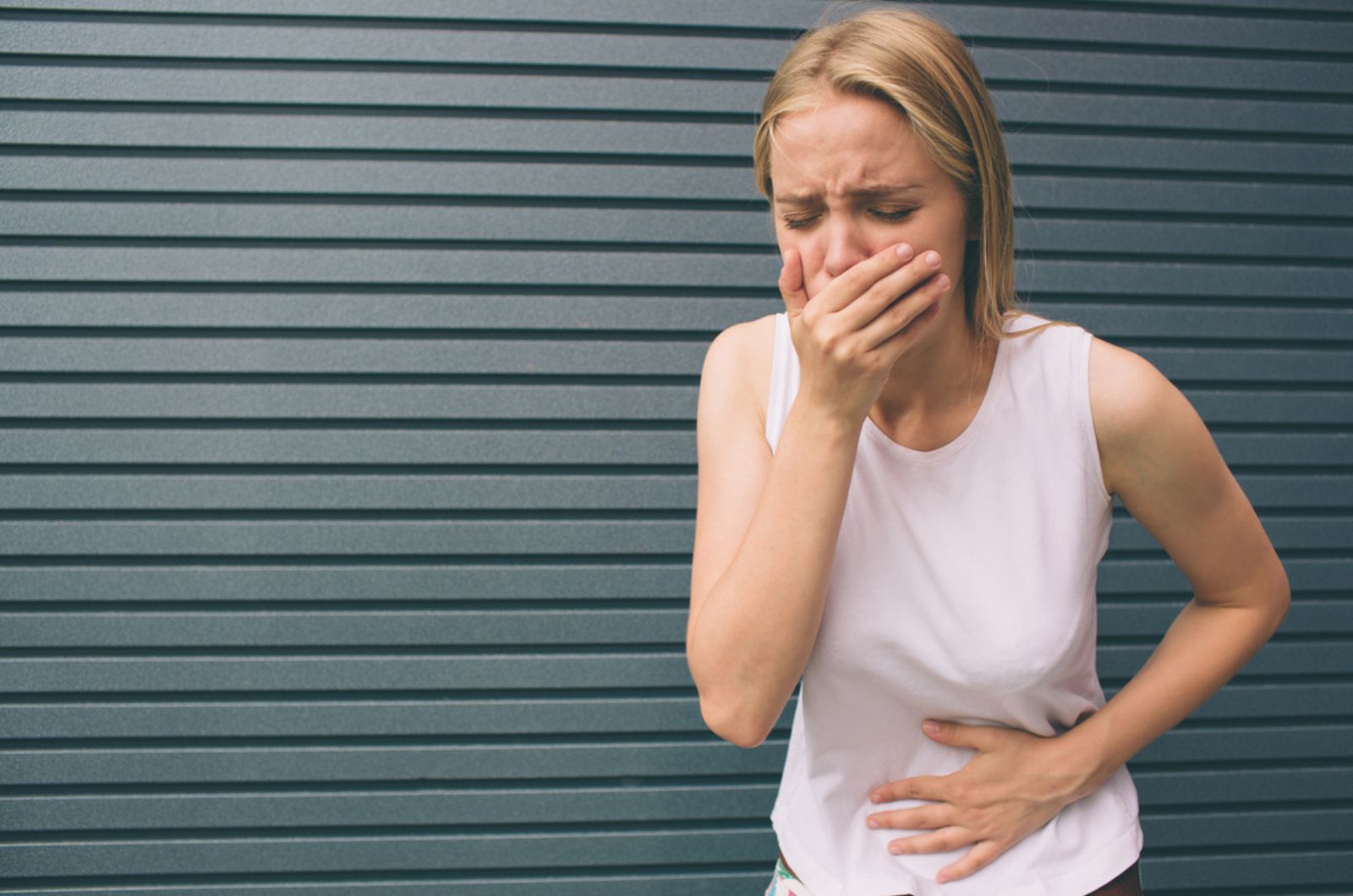Poisonous plants have that toxic trait of looking gorgeous, and the same goes for pokeweed.
However, even though its berries resemble blackcurrants, it’s certainly not edible and can cause various issues, from rashes and nausea to bloody diarrhea, difficulty breathing, etc.
Some people tend to cook its leaves and stems, claiming it helps with sore throats, eczema, etc., but this has never been proven. There is research claiming pokeweed can treat breast cancer, but more work has to be done on the subject. (1)
Regardless of its potential benefits (which we alone can’t extract at home), it is best to get rid of this toxic plant, and here’s how!
Pokeweed Toxicity
Pokeweed contains oxalic acid, phytolaccine, and alkaloids, which makes it more toxic than regular weeds. (2)
Oxalic acid may lead to nausea, vomiting, and various gastrointestinal issues. (3)
Phytolaccine will irritate your gastrointestinal tract and cause a burning sensation. (4)
Finally, mild alkaloid poisoning will lead to nausea, vomiting, some gastrointestinal issues, and itching, while severe poisoning may lead to psychosis, paralysis, and even death. (5)
Therefore, these three components make pokeweed quite poisonous, which is why gardeners want to eradicate it from their yards.
How To Get Rid Of Pokeweed
There are a couple of helpful ways to get rid of pokeweed.
• You can try and pull it out by hand, but it can get quite difficult because this plant has a deep taproot. Hand removal works on young plants and sandy and loose soils, so if you have a heavier, compact substrate, you should try some other method.
• Another way is to dig it out, which is especially helpful for compact soils. Make sure to remove the entire taproot and tiny shoots, seeds, and berries around it to prevent the weed from coming back.
• You can choose to cut down the pokeweed and wait until it regrows only to cut it back again. This isn’t the method I’d go for because it is time-consuming and requires a lot of work. However, it can weaken the taproot and the weed should eventually stop growing.
• Finally, if you’ve exhausted all other options, you can use herbicides containing glyphosate and triclopyr. (6)
Birds can consume berries and spread the seeds in their feces, so make sure to remove the pokeweed before it produces berries, or immediately after. This will allow you to control its spread a bit.
Additionally, when pulling by hand or digging the pokeweed out, some tiny roots might remain in the soil. To discourage the weeds from emerging again, spread a thick layer of mulch or a dark fabric over the area.
What Would Happen If You Ate Pokeweed?
If you or your child have eaten pokeweed, make sure to immediately call the Poison Help hotline (1-800-222-1222) from anywhere in the US.
According to Mount Sinai, it’s best not to do anything at home if your child consumes pokeweed berries, such as inducing vomiting (unless your care provider told you to do so).
The symptoms may include nausea, diarrhea, difficulty breathing, vomiting, stomach pain, etc.
If your pet has accidentally ingested these delicious-looking but still toxic berries, you might notice some irritation and gastrointestinal issues. The effects are usually mild, but if you notice tremors, diarrhea, and vomiting, you should call your vet.
Pokeweed is toxic to touch, too. It can cause rashes, irritation, and itchiness, so make sure to always wear protective gear when working with it. The rash is similar to a poison ivy rash, and you can treat it at home if it’s mild.
For a more serious and painful rash, you should go to the clinic.
References:
1. Nunez, K. (2020). The Potential Benefits and Side Effects of Poke Root. Healthline.
2. Common Pokeweed (n.d.). USDA, Illinois Grazing Manual Sheet.
3. Oxalic Acid Poisoning (n.d.). Mount Sinai.
4. Hodgson, E. (2012). Toxins and Venoms. Toxicology and Human Environments, p. 395.
5. Adibah, K. Z. M. & Azzreena, M. A. (2019). Plant Toxins: Alkaloids and Their Toxicities. GSC Biological and Pharmaceutical Sciences.
6. Oneto, S. R. (2020). Pokeweed. UC IPM, How To Manage Pests: Pests of Homes, Structures, Peoples, and Pets.



